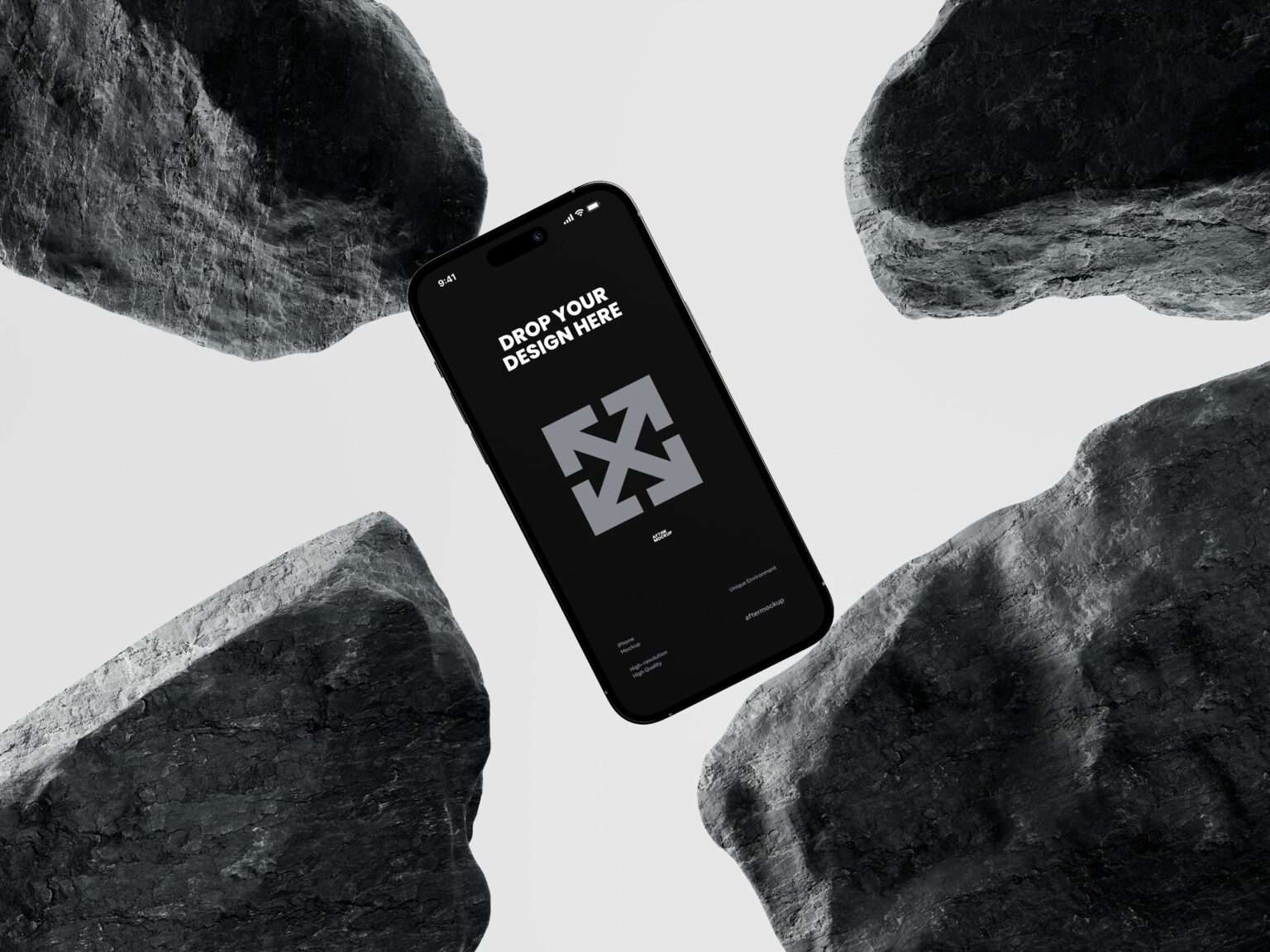Did you know that a well-designed user experience (UX) can increase your e-commerce sales by up to 400%? That’s right – a focus on UX can make a dramatic difference in your bottom line. If you’re in the e-commerce game, you know how crucial it is to not only attract visitors to your site but also to convert them into paying customers. This article is here to help you understand the importance of UX design in e-commerce and provide actionable tips to enhance your site, boosting your sales and delighting your customers.
Understanding UX Design in E-commerce
What is UX Design?
UX design refers to the process of creating products that provide meaningful and relevant experiences to users. It encompasses everything from the usability of your website to the overall experience users have while interacting with it. For e-commerce sites, this means designing with the customer journey in mind – making it easy, intuitive, and enjoyable for visitors to browse products, make purchases, and return for more.
The Role of UX in E-commerce
In the competitive world of e-commerce, user experience can be the difference between a successful sale and an abandoned cart. A smooth, enjoyable shopping experience can lead to higher customer satisfaction, increased retention rates, and ultimately, more sales. Think about the last time you shopped online: did you enjoy navigating a well-organized, aesthetically pleasing site? Or were you frustrated by a cluttered, slow-loading mess? Chances are, you spent more time (and money) on the former.
Key Elements of UX Design for E-commerce
Intuitive Navigation
Importance of Easy Navigation
Imagine walking into a store where the aisles are labeled incorrectly, and the items you want are scattered randomly. Frustrating, right? Your website’s navigation is no different. Visitors should be able to find what they’re looking for quickly and easily.
Tips for Creating a Seamless Browsing Experience
- Clear Menu Structure: Use simple, descriptive labels for your menu items. Avoid jargon and keep categories broad enough to be useful but specific enough to guide users effectively.
- Search Functionality: Implement a powerful search bar that can handle typos and suggest popular products.
- Breadcrumbs: Show users their path within your site to help them navigate back easily.
Responsive Design
Why Mobile-Friendly Design Matters
With more than half of all web traffic coming from mobile devices, ensuring your site is mobile-friendly isn’t optional – it’s essential. A responsive design adapts your site’s layout to fit any screen size, providing a seamless experience across devices.
Strategies for Ensuring Your Site is Responsive
- Flexible Grids and Layouts: Use CSS frameworks like Bootstrap to create flexible grids that adjust to different screen sizes.
- Scalable Images: Ensure your images and media scale properly without losing quality.
- Touch-Friendly Elements: Design buttons and interactive elements that are easy to tap on small screens.
Fast Load Times
Impact of Load Times on User Experience and Sales
Did you know that a one-second delay in page load time can result in a 7% reduction in conversions? Fast load times are crucial for keeping visitors engaged and reducing bounce rates.
Techniques for Optimizing Website Speed
- Compress Images: Use tools like TinyPNG to reduce image file sizes without compromising quality.
- Minimize HTTP Requests: Limit the number of elements on each page to reduce the load time.
- Use a Content Delivery Network (CDN): Distribute your content across multiple servers to improve load times globally.
Clear and Compelling CTAs
The Psychology Behind Effective Call-to-Actions
A well-crafted call-to-action (CTA) can guide users towards making a purchase, signing up for a newsletter, or engaging with your site in other meaningful ways. CTAs should be clear, compelling, and strategically placed to capture user attention.
Examples of High-Converting CTAs
- “Buy Now”: Creates a sense of urgency and prompts immediate action.
- “Add to Cart”: Simple and direct, encouraging users to take the next step in the buying process.
- “Get Started”: Ideal for service-based e-commerce sites, inviting users to begin their journey.
Best Practices for Designing and Placing CTAs
- Use Action-Oriented Language: Be direct and tell users exactly what you want them to do.
- Contrast and Visibility: Make your CTAs stand out with contrasting colors and prominent placement.
- Test and Iterate: Continuously test different CTA designs and placements to see what works best.
User-Centered Product Pages
Elements of a High-Converting Product Page
Your product pages are where the magic happens – or doesn’t. A user-centered product page can significantly increase conversions.
- High-Quality Images: Show your products from multiple angles with zoom functionality.
- Detailed Descriptions: Provide all the necessary information, including dimensions, materials, and usage instructions.
- Customer Reviews: Display customer feedback to build trust and help users make informed decisions.
Tips for Enhancing Product Pages to Boost Engagement
- Interactive Elements: Use features like image sliders, 360-degree views, and product videos.
- Clear Pricing and Availability: Make sure pricing is transparent and availability is up-to-date.
- Cross-Selling and Upselling: Suggest related products or upgrades to increase the average order value.
Enhancing the Shopping Experience
Personalization
Benefits of Personalized Shopping Experiences
Personalization can make customers feel valued and understood, leading to increased loyalty and higher sales. Personalized recommendations, special offers, and tailored content can all enhance the shopping experience.
Tools and Techniques for Implementing Personalization
- Customer Segmentation: Group customers based on behavior, preferences, and purchase history.
- Dynamic Content: Use tools like Dynamic Yield to display personalized content and recommendations.
- Email Marketing: Send personalized emails with product recommendations and special offers based on customer behavior.
Simplified Checkout Process
The Impact of a Streamlined Checkout on Sales
A complicated checkout process can be a major deterrent for customers. Simplifying the process can reduce cart abandonment rates and increase conversions.
Steps to Simplify the Checkout Process
- Guest Checkout: Allow users to checkout without creating an account.
- Minimal Form Fields: Only ask for essential information.
- Progress Indicators: Show users how many steps are left in the checkout process.
Common Checkout Mistakes to Avoid
- Unexpected Costs: Be transparent about shipping and handling fees upfront.
- Complex Navigation: Ensure the checkout process is linear and straightforward.
- Lack of Payment Options: Offer multiple payment methods to accommodate different preferences.
Trust Signals and Security
Importance of Building Trust with Your Customers
Trust is a critical factor in e-commerce. Customers need to feel confident that their personal and payment information is secure.
Types of Trust Signals to Include on Your Site
- SSL Certificates: Ensure your site is HTTPS secure.
- Trust Badges: Display security certifications and payment method icons.
- Customer Reviews and Testimonials: Showcase positive feedback from real customers.
Ensuring Top-Notch Security for Online Transactions
- Regular Security Audits: Conduct routine checks to identify and fix vulnerabilities.
- Secure Payment Gateways: Use reputable payment processors like PayPal or Stripe.
- Data Encryption: Encrypt sensitive data to protect it from cyber threats.
Testing and Analyzing UX Performance
User Testing Methods
Different Types of User Testing
User testing helps you understand how real users interact with your site, revealing areas for improvement.
- A/B Testing: Compare two versions of a page to see which performs better.
- Usability Testing: Observe users as they complete tasks on your site.
- Surveys and Feedback: Collect direct feedback from users about their experience.
How to Conduct Effective User Tests
- Define Goals: Know what you’re testing for and what success looks like.
- Recruit Participants: Ensure a diverse group of users to get comprehensive insights.
- Analyze Results: Look for patterns and actionable insights to improve your UX.
Analytics Tools
Overview of Essential UX Analytics Tools
Analytics tools can provide valuable data on user behavior and site performance.
- Google Analytics: Track user interactions, conversion rates, and more.
- Hotjar: Use heatmaps and session recordings to see where users click and how they navigate.
- Crazy Egg: Analyze user behavior with click maps and scroll maps.
How to Use These Tools to Gather Actionable Insights
- Identify Pain Points: Use data to pinpoint where users are dropping off or encountering issues.
- Optimize Key Pages: Focus on improving pages with high traffic and high bounce rates.
- Track Improvements: Continuously monitor changes to see if they positively impact user experience.
Conclusion
We’ve covered a lot of ground, from intuitive navigation and responsive design to fast load times and compelling CTAs. Each element plays a crucial role in creating a seamless, enjoyable shopping experience that can significantly boost your e-commerce sales.




